#macphee
Explore tagged Tumblr posts
Text

Poster by Josh MacPhee
#just seeds#Josh macphee#free Palestine#no genocide in pride#no cops at pride#stonewall was a riot#land back#right of return#poster#poster art#pop art#rainbow#gay pride#lgbtqia#lgbtq community
10K notes
·
View notes
Text
Boys Go to Jupiter – Music Hall of Williamsburg – March 16, 2025

Making rock music that encompasses funk, pop, folk and soul, Brooklyn’s Boys Go to Jupiter dropped their alluring debut album, Meet Me After Practice, two weeks ago, and they rocked locally on Sunday night when they brought the new tunes to Music Hall of Williamsburg for an upbeat, energetic performance.




















Photos courtesy of Lexi Yob | @filmbyyobby


#Bowery Presents#Boys Go to Jupiter#Brooklyn#Caleb Martin#Diana Daniels#Ellie Macphee#Jack Correll#Jake Zaslav#Jess Kantorowitz#Lexi Yob#Live Music#Lucas Mastromatteo#Luke Volkert#Meet Me After Practice#Megan Loomis#Music#Music Hall of Williamsburg#New York City#Photos#Taz Kim#Williamsburg
18 notes
·
View notes
Text

“I’ve got a really good idea for a set piece…”
“Have you though?”
8 notes
·
View notes
Text

Poster by Josh MacPhee
18 notes
·
View notes
Text
Ok hear me out: Batfamily Nanny Macphee au
Please write it someone 🙏
#batfam#bruce wayne#jason todd#dick grayson#duke thomas#damian wayne#tim drake wayne#cassandra cain#stephanie brown#nanny Macphee
28 notes
·
View notes
Text
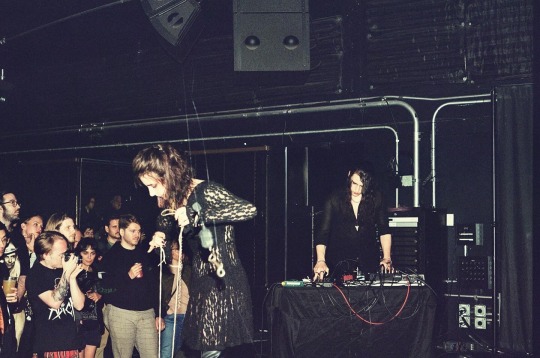
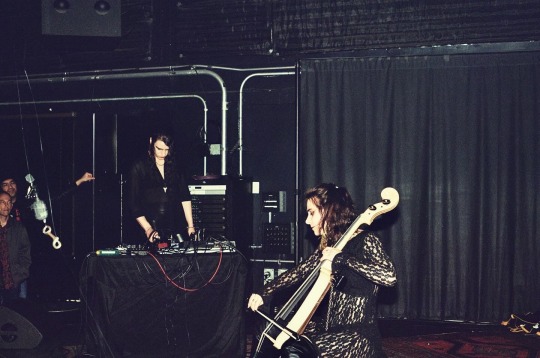
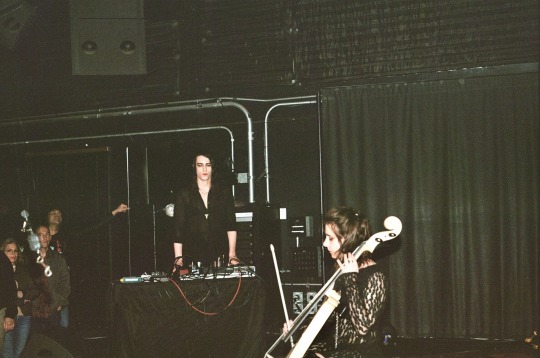
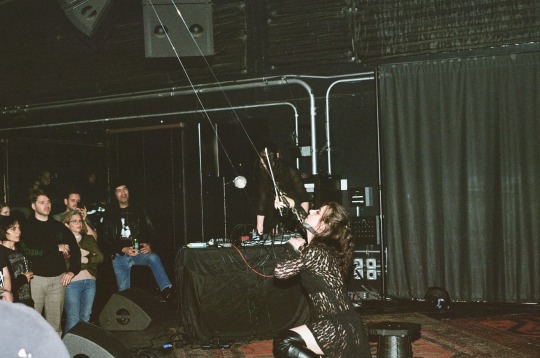
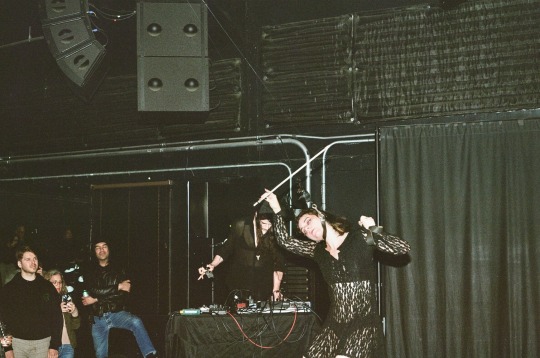
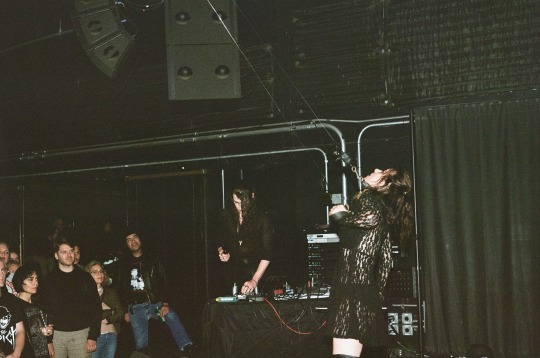
Pedestrian Deposit at Zebulon, 6/15/23
photos by Ian MacPhee
5 notes
·
View notes
Text
The Andie storyline…..
#gi watches dawsons creek#it’s not even the storyline itself but the way they rushed it#like no development no progression it was like she’s getting better oh wait SHES NOT AND SHE’S SO BAD SHE HAS TO LEAVE#and the trigger being Abby’s death was also weird because again it wasn’t like developed/explained it was just used as an excuse#andie mcphee#tv shows#dawsons creek#dawson’s creek
2 notes
·
View notes
Text
I don't know how many works of historiography I have read now that always state that, 'when it comes to Robespierre, we can try to establish neutral grounds, but there never is a middle ground' which never question why there isn't. I honestly think contemporary history is poisoned by 'balance' the way 19th-century's was poisoned by ideology, and I am actually really liking William Doyle and Haydon's thesis that if a 'middle ground' exists, it is to be found in literary fiction, not historical works.
#frev#robespierre#Strictly speaking you could argue Leuwers or MacPhee are the middle ground#But clearly when looking at the historical tradition they are not#There cannot be a stark political and historical middle ground about an event so polarised and it's fine
3 notes
·
View notes
Text


Propaganda Under Cut:
Tora Brown (Younger Sister of Simon + Older Sister of Eric, Lily, Sebastian, Chrissie + Aggie): She always looks after her youngest sister Aggie. She is overprotective of all her younger siblings. Seems to be very close to her younger sister Lily.
Natalie Lane Irons (Half Sister from an alternative world of Jonathan + Jordan Kent and Step-Sister of Sarah Cortez and Sophie Cushing): Initially hurt by the existence of Jonathan and Jordan Kent the three became close to one another siblings in all but name. They supported each other.
#female tournaments#character tournament#tumblr bracket#best sister tournament#tora brown#nanny macphee#natalie irons#superman & lois#dc#arrowverse
0 notes
Text
informationist tech: my robot butler fox
File under: things which never were and yet are now no longer there
(This appeared on Kona MacPhee's website, That Elusive Clarity, in 2012 as one of the ‘six things’ she asked me to list, kicking off a habit of thinking in, more usually, threes, fives, and sevens, as a limitation that enabled some retention and processing of ideas. More recently, ie last week, I had been wondering if the robot out of Lost in Space* was sentient, so it was nice to be reminded of this by encountering the phrase ‘robot butler’ on TwittereX.)
My robot butler fox is a Jeevesian mass of limbs, levers and oily tentacles emitting from this giant steel periwinkle shell on casters with inbuilt sock drawers and fridge components.
When you squeeze past the claws there's an interior shower unit, the curtain for which depicts physicists working on Hawkwind’s key problem of space rock, how to travel ‘sideways in time’, and a Corbie newspaper press (manufactured by real crows) that perfectly straightens and flattens The Dundee Courier and Advertiser until it is one molecule thick.
Also on the outside is that big clockface from Prague which tells the hours backwards, the direction in which (it sometimes feels) we are actually pointed, though if we were our teeth would be able to sculpt perfect meals from a throatful of undigested pap.
In the smaller convolutes are placed: an ant orchestra; the egg-scrambling device he constructed himself before I could explain what eggs were and now refuses to update; and what surely can't be a real fox's head in a bubble.
He wakes me with one freshly-baked fortune cookie and a cup of peppermint tea, its leaves gathered from the Cretan hills, with a sugar cube in it which he carves himself (sometimes it's a sugar pyramid).
My fortune this morning was 'You will meet a river cobbler' - as yet, I haven't.
*My Will Robinson child mind had assumed this robot and Robbie the Robot of Forbidden Planet were the same robot, but they are not and in fact engage in combat in an episode I do not recall, ‘War of the Robots’ - I’ll try to view this in the future and report back…

#Kona MacPhee#That Elusive Clarity#Jeeves#P.G. Wodehouse#Lost in Space#The Forbidden Planet#Robbie the Robot#robots#Prague#The Courier#Dundee#Hawkwind#Silver Machine#Crete#Corbie#crows#Will Robinson#Informationism
0 notes
Text
A poem by Kona Macphee

The night before the last day of January
will be remembered by a random few for having borne it out in sheeted snow on no exceptional stretch of motorway, rationing the engine's gas-and-air to intervals of heat while still more snow slipped down, unprecedented, otherworldly;
but I'll recall it as the unslept night before that morning-after when you lay against my heart on the white of ward-square sheets: a little snowflake fallen into warmth, fragile, precise, astoundingly unmelting.
(for Caitlin, b. 31.01.03)

Kona Macphee
More work by Kona Macphee is available through her website.
0 notes
Text









Book covers and graphic works by Ben Shahn (1898 – 1969) a Lithuanian-born American artist. He is best known for his works of social realism, his left-wing political views, and his series of lectures published as The Shape of Content. https://en.wikipedia.org/wiki/Ben_Shahn
"One of the greatest things about much of Shahn’s cover work is that he composes original art and typography for the books. Each one is like a huge edition of a print—on many of the early commissioned he’s not recycling old images, but building the designs from scratch. The majority—and best—of this work was done for two large paperback houses, Vintage and Anchor Doubleday. I’ve found sixteen covers between the two. There is likely a handful more, and if you know them, please pass the info on, or better yet, send in images!"
- Josh MacPhee in his blog
"Judging Books by Their Covers"
Ben Shahn immigrated to the United States as a child and was apprenticed to a lithographer after finishing elementary school. In the 1920s, he studied at New York University and City College, and very briefly at the National Academy of Design. Shahn’s first major success came with the 1932 exhibition of his series The Passion of Sacco and Vanzetti. Shahn once said that he paints two things, “what I love and what I abhor,” and during the Depression years his scenes of children playing in concrete urban parks, and of miners and construction workers engaged in their trades, reflect his admiration for the working American and his abhorrence of injustice and oppression. Throughout the 1930s Shahn worked for various government programs, and when the United States entered World War II, he joined the Graphic Arts Division of the Office of War Information, although only two of the many posters he designed were published. In the 1940s, Shahn turned to what he called personal realism.” His late work is often symbolic, allegorical, or religious and reflects his belief that “if we are to have values, a spiritual life, a culture, these things must find their imagery and their interpretation through the arts.”
78 notes
·
View notes
Text

There are no salamanders living in the Caribbean today, but one tiny fossil shows that this wasn't always the case.
Palaeoplethodon hispaniolae was discovered in a chunk of amber from the Dominican Republic on the island of Hispaniola. The exact age of this type of amber is uncertain, but it most likely dates to the early-to-mid Miocene, about 20-15 million years ago.
The only known specimen is a hatchling, just under 2cm long (0.8"). It's unclear what its full adult size could have been, but based on its modern relatives it may have grown to anywhere between 4.5cm and 20cm long (~2-8").
Its strongly webbed hands and feet suggest it was very closely related to modern tropical climbing salamanders – but Palaeoplethodon had a unique webbing arrangement, with its feet relatively elongated and its hands fully fused into small rounded pads.
———
NixIllustration.com | Tumblr | Patreon
References:
Iturralde-Vinent, M. A., and R. D. MacPhee. "Remarks on the age of Dominican amber." Palaeoentomology 2.3 (2019): 236–240. https://doi.org/10.11646/palaeoentomology.2.3.7
Poinar Jr, G., and Wake, David B. "Palaeoplethodon hispaniolae gen. n., sp. n.(Amphibia: Caudata), a fossil salamander from the Caribbean." Palaeodiversity 8 (2015): 21-29. https://escholarship.org/uc/item/1f381770
Wikipedia contributors. “Bolitoglossa” Wikipedia, 18 Apr. 2024, https://en.wikipedia.org/wiki/Bolitoglossa
Wikipedia contributors. “Palaeoplethodon.” Wikipedia, 20 Nov. 2023, https://en.wikipedia.org/wiki/Palaeoplethodon
Wikipedia contributors. “Salamander.” Wikipedia, 7 June 2024, https://en.wikipedia.org/wiki/Salamander
#science illustration#paleontology#paleoart#palaeoblr#palaeoplethodon#plethodontidae#urodela#salamander#caudata#lissamphibia#amphibian#art#dominican republic#hispaniola#caribbean#the tree is vaguely a Hymenaea protera#which made the resin Dominican amber comes from#they're in danger :)
267 notes
·
View notes
Text

The kit men need to get that coat off him and sort that toggle out, it’s been a couple of weeks now 😂
Also I love this shot of our odd couple 💜
4 notes
·
View notes
Text

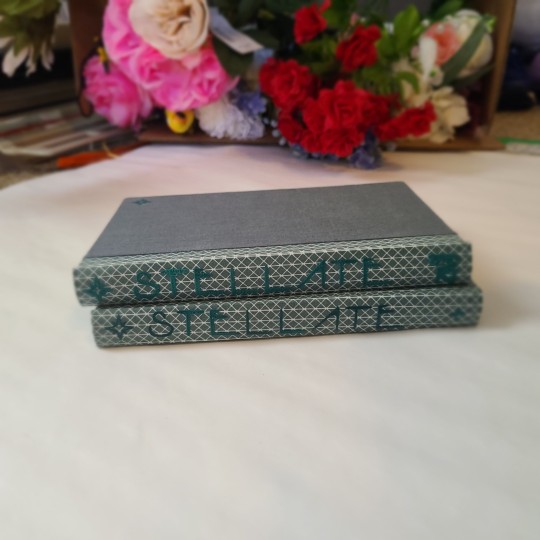
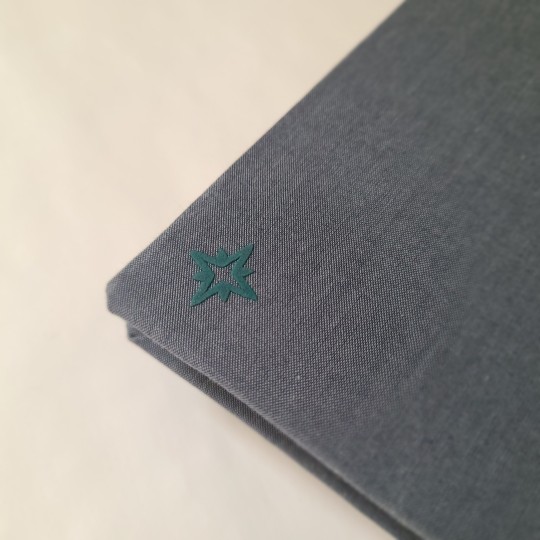
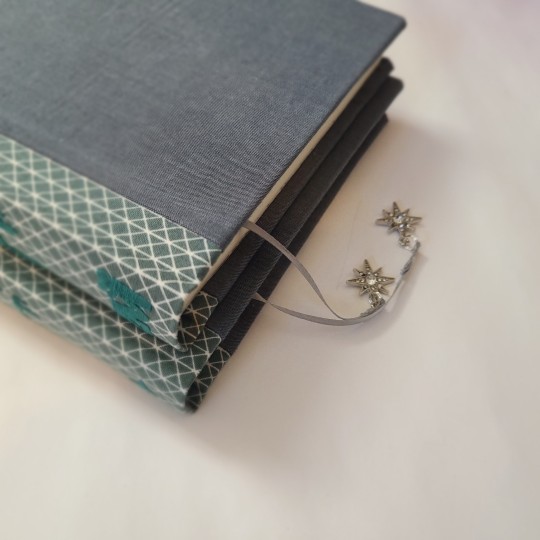
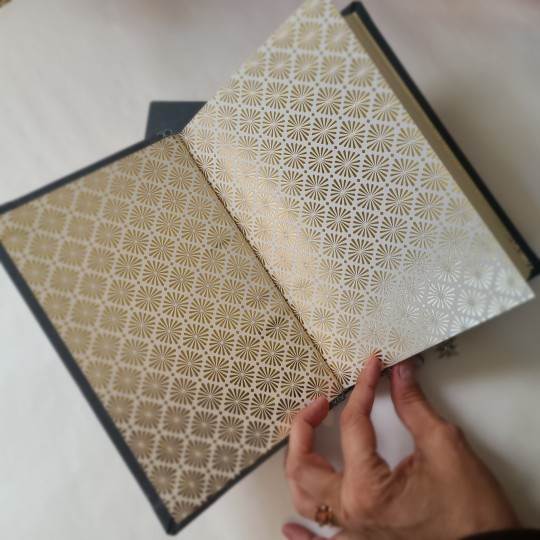
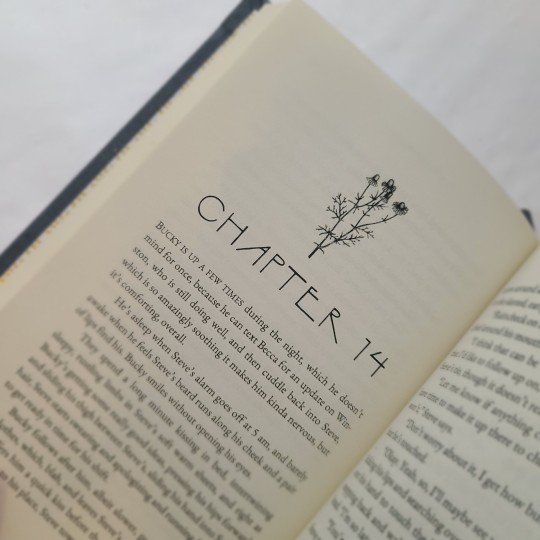
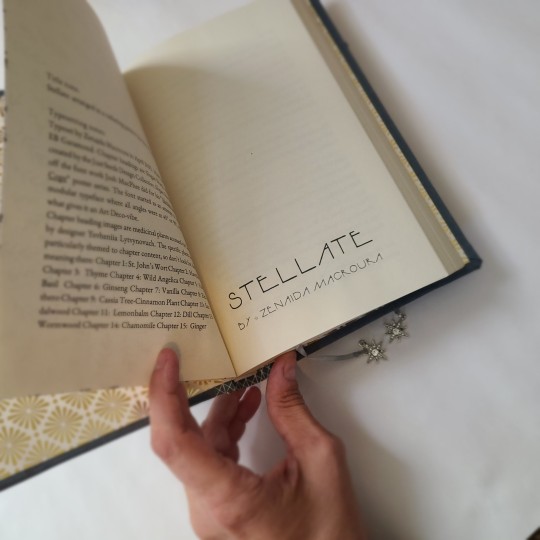
Bind of my fic Stellate. The chapter titles each have a different medicinal plant (chamomile pictured). The font is Slogan Sharp from the Just Seeds Design collective by Josh MacPhee.
The vinyl for the title is Siser Easy Puff, which gives it a fun 3D effect. It's picky to work with, but fun.
I did a Bradel Bind for the structure of the covers. I think it gives me more consistent results. Typesets available if anyone wants just ask.
I am getting both better and worse at bookbinding. Some things are easier but now some steps bore me and I am not as careful with them so I make more mistakes. But. It was still a fun process. I think my favorite part might be typesetting, which initially was the part I had no interest in.
Also can I get a new printer? Mine doesn't print nice enough. It's so extravagant to want that, I know. Who knew I cared about the depth and quality of the black my printer printed when I bought it 5 years ago.
Sorry for the quality of my photos. It made me laugh to use the food setting to take them, but then they ended up blurry and I didn't care enough to re-take them. I still think it's funny how the food setting does that cheesy soap opera blur. Also my phone camera lens is cracked because I always stick fossils and other cool rocks in my pockets and break my phone camera. Well. I have only done that 3 times, but still. That damn Ordivician crinoid waited 480 million years to break my phone and I fall for it every time.
#zenaida makes a book#book binding#bookbinding#zenaida talks (too much)#stucky au#stucky fanfic#steve rogers x bucky barnes#grumpy sexy doctors fic
41 notes
·
View notes
Text
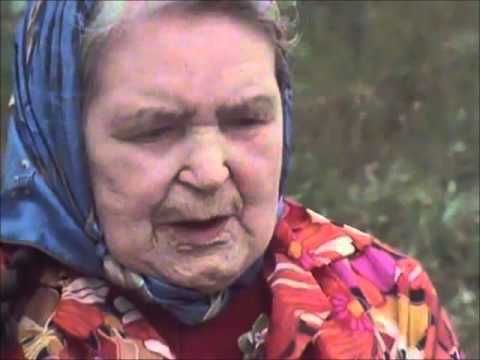

December 12th 1902 saw the birth of Nan Mackinnon or, to give her her Gaelic patronymic, Nan Eachainn Fhionnlaigh, at Kentangaval, Isle Of Barra.
Nan was a tradition-bearer, whose remarkable memory, enthusiasm, and love of the Gaelic oral tradition has ensured that her wealth of knowledge has been preserved and shared with future generations. She became known as Nan of Vatersay, or Nan of the songs.
Nan was the youngest of seven children. Her father, Hector (Eachann Fhionnlaigh), was also born and raised in Kentangaval, and was descended from the MacKinnons of Strath, Skye – the historic grazing constables to the MacNeils of Barra until the 19th century. Nan's mother Mary was from Mingulay, and had strong connections with the MacPhee family, who – according to local tradition – came to settle in Barra in the 14th century. Nan grew up in what was a politically tumultuous time in the Highlands, and this influenced her early life greatly. Despite having won security of tenure twenty years before Nan was born, there remained a strong sense of injustice at the uneven distribution of land in the Highlands. Having spent her early years in Barra, in 1907 Nan's father was part of the 'Vatersay Raiders' – landless cottars from Barra and Mingulay who carried out a land raid on Vatersay, establishing crofts on the neglected land. Despite the eventual failure of the Land Raid, Nan's family were eventually given a croft in Baile, Vatersay following the purchase of land on the island by the Congested Districts Board.
Nan's repertoire was among some of the most extensive and varied of her generation, and this is reflected in the recordings of her featured on the Tobar an Dualchais website. She came from a rich musical tradition, and was said to know around 400 songs by heart, most of which she learned from her mother. After receiving her schooling on the island, Nan left home when she was seventeen and – as was common for women of her age at the time – spent a number of years in service for a variety of people in Argyll. She also worked at the herring for a time, in both Shetland and Yarmouth before going to Glasgow. One of her sisters died suddenly in 1940, leaving four young children and a husband who was away at sea for long periods. Nan returned home to Vatersay to raise the children and remained there for the rest of her life.
Nan McKinnon had a great fondness for the stories and songs she knew, and she was convinced of the importance of the oral tradition to Gaelic communities. Growing up she would spend hours practising them until she knew them in their entirety. As Nan herself commented: "[Each story] tells the ways of the people that lived in those days. The waulking songs kept news alive from generation to generation. There were no newspapers, whereas today we read it in the papers and forget about it tomorrow. But the songs kept it alive. Those happenings that happened centuries ago are still to be told in song and story. It's wonderful." Over and above her repertoire of songs, Nan was also well known for her tales and legends – often of a supernatural nature – and her captivating story style. She also had a deep knowledge of the traditions of Uist and Barra, and was recording speaking about a variety of subjects from cures to feast days, to interpretations of omens and dreams. Her knowledge of the material culture of her native island was also extensive, and her recordings include discussions about traditional diet, including about what would be eaten when food was scarce.
There are almost 1,000 recordings of Nan on the Tobar an Dualchais website, the earliest dating back to 1953 when she was recorded by Donald MacPherson for the Canna Collection, several other visited her and recorded her over the years, she must have been quite the wee celebrity on Vatersay
James Ross summed up her significance as a tradition-bearer by saying: "Nan is the type of person that the folklore and folk-song collectors dream about. There is absolutely no trace of 'memory effect' as she responds to queries … Her answers are always a direct affirmative or negative, usually … the former. She never has to search her mind, and this, together with her unstinting co-operation, endless patience and subtle sense of humour, made the work of collecting a joy."
At the link below you can listen to Nan singing Griogal Cridhe, (literally "Gregor of the Heart", or "Beloved Gregor". It is a traditional Scottish lament and lullaby that was composed in Gaelic by Mór Chaimbeul ("Marion Campbell"), the widow of Griogair Ruadh Mac Griogair ("Gregor the Red MacGregor") (1541–1570), the chief of the Clan MacGregor of Glen Strae, who was executed at Taymouth Castle, Perthshire, on April 7th, 1570. There are many versions of the lyrics
Griogal Cridhe
Chorus;
Òbhan, òbhan, òbhan i ri
Òbhan i ri ò
Òbhan, òbhan, òbhan i ri
'S mòr, mo mhulad, 's mòr.
'S iomadh oidhche fhliuch is thioram,
Sìde nan seachd sian,
Gheibheadh Griogal dhomhsa creagan
Ris an gabhainn dìon.
Eudail mhòir, a shluagh an Domhain,
Dhòirt iad t'fhuil o'n dè,
'S chuir iad do cheann air stob daraich
Tacan beag bho d'chrè.
B' annsa bhi le Griogal cridhe
Teàrnadh chruidh le gleann,
Na le Baran mòr na Dalach,
Sìoda geal mu m' cheann.
Chan eil ùbhlan idir agam,
'S ùbhlan uil' aig càch,
'S ann tha m'ùbhlan-s' cùbhr' ri caineal
'S cùl a chinn ri làr.
'Nuair a bhios mnàthan òg a'bhaile,
'Nochd nan cadal sèimh,
'S ann bhios mis' air bruaich do lice,
'Bualadh mo dhà làimh.
Many a night, wet or dry
weather of the seven elements
Gregor would get me a rocky shelter
Against the storm
Greatest treasure in all the world
They spilt your blood yesterday
And they put your head on a post of oak
A little way from your body
Would that I were with beloved Gregor
Herding cattle in the glen
Than with the great Baron of the Dale
White silk around my head
I have no apples at all
Others have all the apples
My apple with the fragrance of cinnamon
The back of his head to the ground
When the young women of the village will be
Tonight sleeping soundly
I will be at your graveside
Beating my two hands
With the above being a lament I thought I would post another song from Nan, Haoi Ho Nach Dannsadh Sibh E is a much more upbeat song, according to the notes Nan’s mother heard this song from Lewis women at the fishing. Another source tells me that this is the only variant of that song, so without t the work of the likes of Donald MacPherson, and indeed Margaret Fay Shaw, some of these songs would have been lost to the world, they are an integral, very important part of our Gaelic roots. This song is a light vocal dance tune with a love theme. The song is of the type common among the women who worked as herring gutters.
https://www.tobarandualchais.co.uk/track/108438?l=en
79 notes
·
View notes